


As you may have noticed a whole bunch of settings on your camera that you may not even know what on earth they do. Now lets dig a little deeper and explore what some of these features your camera has to offer.
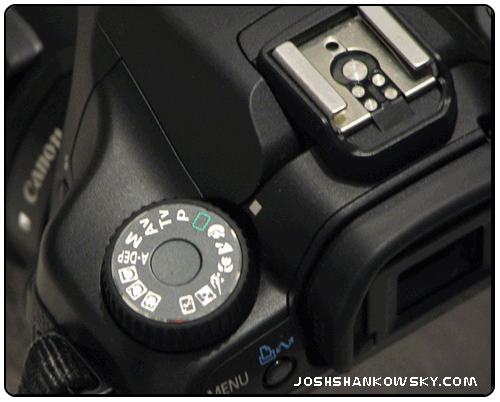
On my little dial in the picture above we can see that this camera has such functions as: Auto, Portrait, Landscape, Macro / Foilage, Sports / burst, Night Portrait, Auto without flash, Program, TV, Av, M, A-Dep, C1,C2,C3. All these features may features may not be placed exactly as on my camera so take a look at your menu, fool around and just have some fun. Lets take a closer look.
Auto:
A setting used by most people who are new to camera and pretty much does just as it says! In auto mode your camera makes just about all the decisions for you. Sure, you frame the subject and push the shutter release button, but you never have to think about things like exposure or whether you need to use a flash; the camera handles all of that for you. Most of the time it does a pretty good job, even if the results are a little less than artistic. In the case of the camera above it is shown as a green rectangle. Other cameras may differ.
Program:
Program is a mode in your camera much like auto, however it puts three more things into your control. Your Flash, ISO Value and White Balance.
Tv / Shutter Priority:
Tv mode is also known as shutter priority. This setting allows you to choose your own specific shutter speed, while allowing your camera to adjust to ensure proper exposure. This setting is often shown on a camera as S or Tv for Time Value.
This mode is great for action shots. Putting your camera on a slower shutter speed and following / panning with an object results in a great motion blur, as well this setting is great for adding a silky texture to waterfalls. Where as putting your shutter speed on a higher value you can generate a great stop action photo.
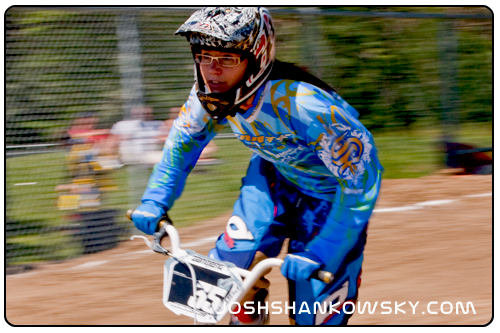
Fast Shutter speed/ Stop Action:
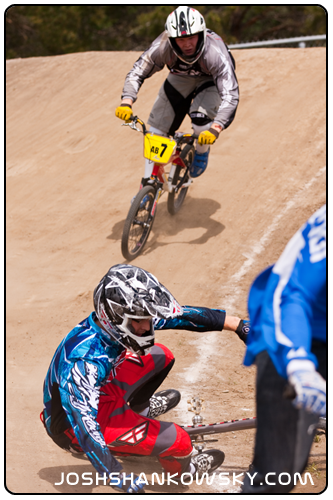
Av / Aperture Priority Mode:
This mode is pretty much the exact opposite than the Tv Mode. Often this mode is displayed as Av. An aperture is the opening within your camera/ lense letting the certain amount of light in.
The smaller your aperture goes, the higher your value is(8.0), where as the more open you want your aperture to be you would set it to a lower value (2.8). With this mode you can select your aperture (f stop) while your camera adjusts the shutter speed accordingly. The main purpose of this selection is to choose your depth of field.
I find this setting to be most useful in landscape and portrait photography.
With portraits we are able to blur and filter out all the busy objects behind our subject, while at the same time letting out subject be crisp and clear.
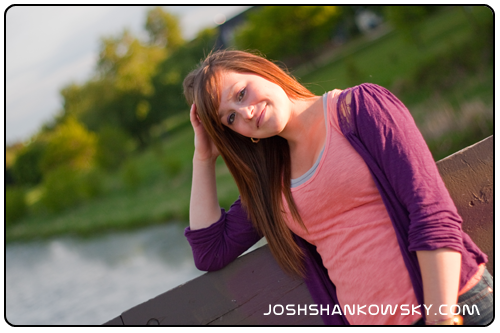
Manual Mode:
Manual mode is almost the exact opposite of Auto. In this mode you are able to set your exposure, white balance, aperture, shutter speed, and ISO values.
As a you play around with your Av and Tv Modes you may sometimes find that your camera cannot always find the correct exposures resulting in blown highlights or loss of detail.
Watch out, because on this mode there is no hand holding. If you screw up an image, its all your fault! The camera has no say into the settings it chooses.
A-Dep Mode:
A-Dep is a mode in which the camera manually chooses your depth of field. I think of this mode as more of an auto Av mode. However I tend to stay away from this mode because I do not know what focal points my camera is choosing when determining its Best focal point.
Portrait Mode:
This mode in your camera tries to pick out your subject so it can try to select an appropriate aperature to make your subject most visible.
Macro / Foilage Mode:
More often seen as a small flower this mode is great for taking close up pictures such as plants and insects.
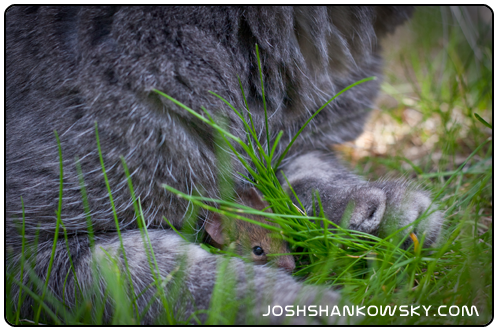
Sports / Burst Mode:
This mode allows you to consecutive shots, usually just be holding down your capture button. Turning on Burst mode often varies by your camera. This feature is great for capturing moving objects. Switching to burst mode will help you garunte at least one great shot.
When you capture in a burst mode, the camera often buffers the images in an onboard memory, then it writes the images to your memory card. Watch out because this can cause some lag as it buffers, and may result in your missing some shots in the mean time.
As well... shooting in burst mode may decrease your battery charge time and you may go through more batteries.
Questions? Comments? Purchasing? E-mail: shank@SpassoEntertainment